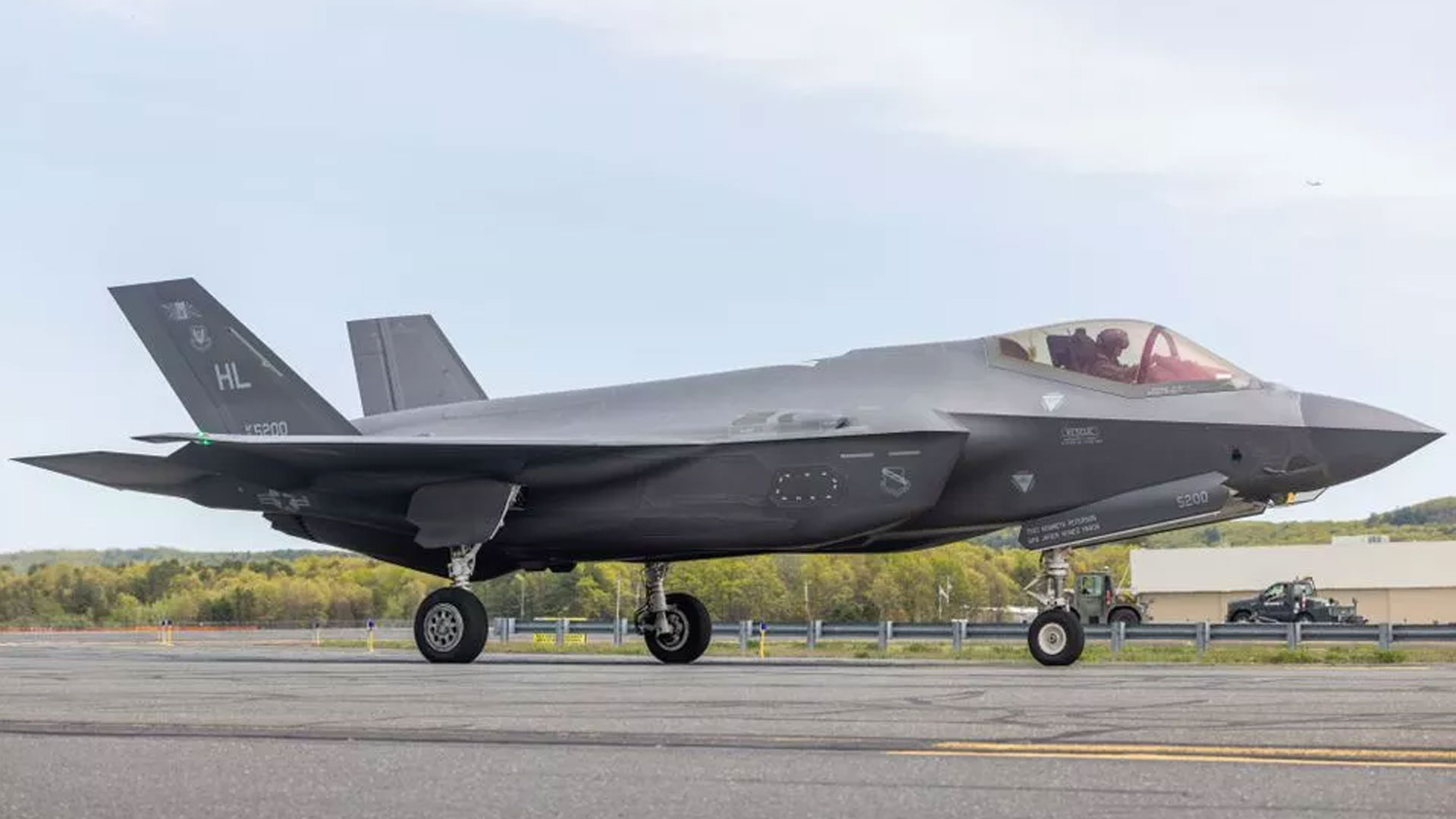US Marine Jets Showcase Aerial Strength in South China Sea During Philippine Drills
Go Back to News and Updates-

During joint drills on Thursday, the U.S. Marines and their Philippine allies demonstrated their aircraft superiority over the South China Sea. There have been rising tensions in the area after two Lockheed Martin F-35 Lightning II fighter planes flew over Zambales province as part of the Marine Aviation Support Activity (MASA), a two-week yearly exercise involving over 2,700 alliance soldiers and their families.
The main training exercises were held at Subic Bay in Zambales, with further drills planned for Cagayan, Tarlac, Palawan, and Cebu until July 21. U.S. Marines demonstrated their expertise by loading 1,000-pound laser-guided missiles into five F/A-18 Hornets at the former U.S.
The navy facility in Subic Bay was deactivated during the Cold War in the early 1990s. However, bad weather prevented a fake assault on a ship 12 nautical miles off San Antonio, facing the South China Sea.
U.S. Marine Corps 3rd Aircraft Wing Spokesman Second Lt. Madison Walls said four Hornets were sent to the Philippines to work with local forces to launch coordinated assaults. The major purpose of the exercises, Walls underscored, was to strengthen the alliance with friendly states and not to address any particular issues in the area.
According to reports from the Manila administration, the combined U.S.-Filipino manoeuvres occurred while Chinese harassment of the Philippine Coast Guard continued. These drills came during heightened tensions between China and the U.S. over Taiwan, which Beijing views as a renegade province.
The Chinese military exercised near Taiwan the same day a U.S. Navy aircraft flew over the Taiwan Strait under the watchful eye of Chinese air force fighters. These developments highlighted the geopolitical complexity of the South China Sea area.
The two countries conducted joint exercises one day after the seventh anniversary of an international arbitration court judgment in favor of the Philippines in a territorial dispute case against Beijing over the South China Sea. China has continued to assert its sovereignty over the vast majority of the South China Sea, which includes the EEZs of Taiwan, Brunei, Malaysia, the Philippines, and Vietnam, and a separate dispute with Indonesia over the Natuna Islands.
Concerned by U.S. military planes and Chinese navy ships in the Philippines, Senator Imee Marcos has demanded that both fleets be subject to equal supervision by Philippine government institutions. She expressed concern that the unreported U.S. military flights would increase tensions in the area.
Nationalist organizations in the Philippines are worried that the country may be drawn into a war if China invades Taiwan, an American ally, because of the Philippines' decision in February to offer the United States wider access to its bases. The United States and the Philippines have been legally obligated to aid one another in the event of an attack by a third party since they signed a Mutual Defense Treaty in 1951.
Col. Ma. Consuelo Castillo, the spokeswoman for the Philippine Air Force, informed the public that all troops taking part in the joint exercises had the appropriate diplomatic clearances and that the Department of Foreign Affairs had reported their presence. With complicated geopolitical circumstances, the drills intended to bolster partnerships with regional allies and maintain stability.
Finally, the U.S. Marine planes' participation in joint exercises with the Philippine military over the South China Sea demonstrated the two countries' commitment to preserving peace and stability despite continuing tensions and disagreements. The drills highlighted the necessity of partnerships in solving regional concerns while showcasing the U.S. Marine Corps airborne might and capabilities.
Reference Link:

